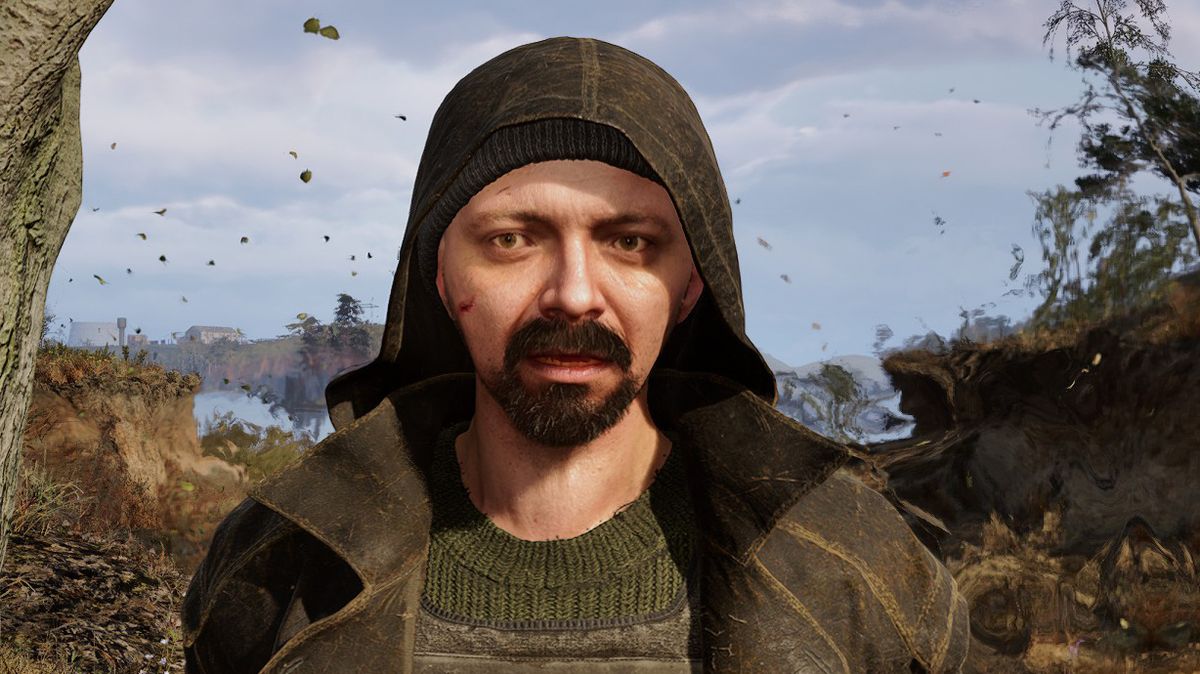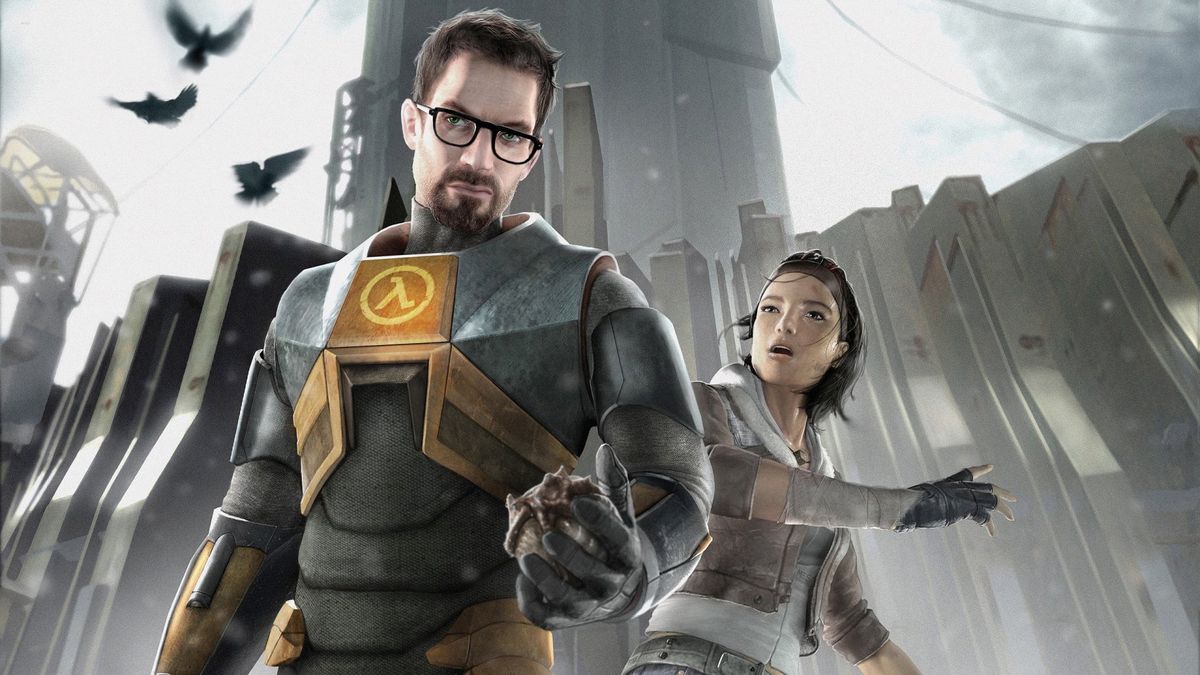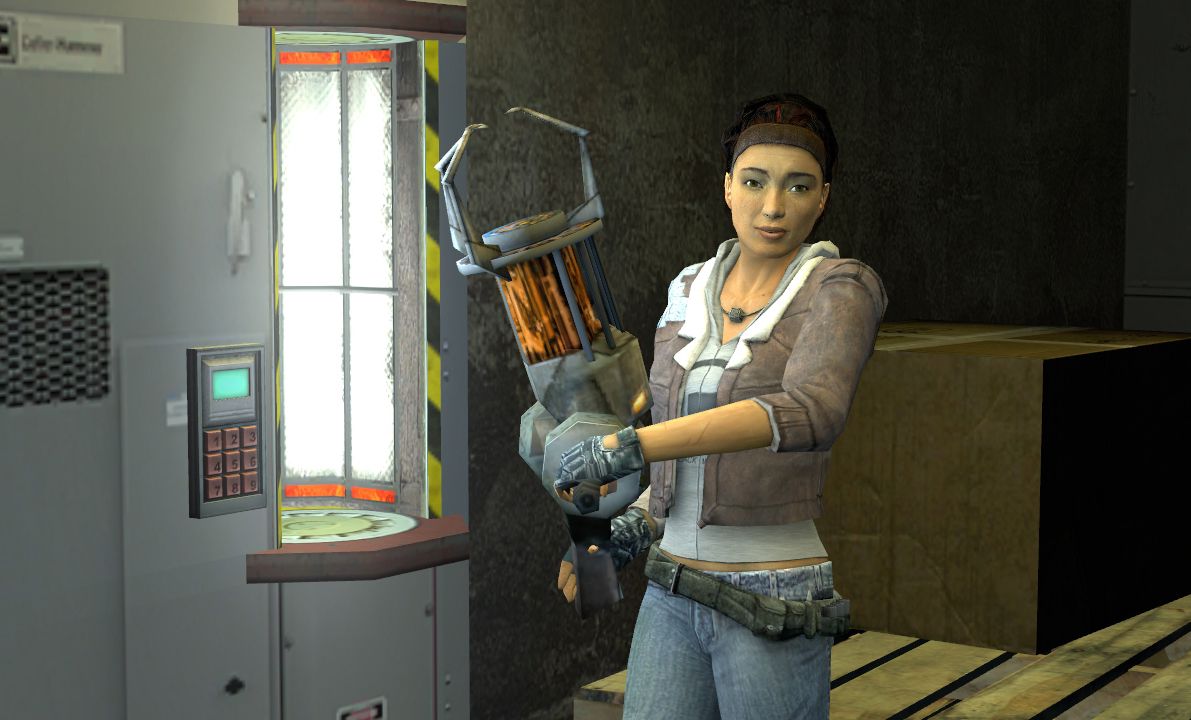Wild Hearts beginner’s guide: 12 tips for starting your hunt
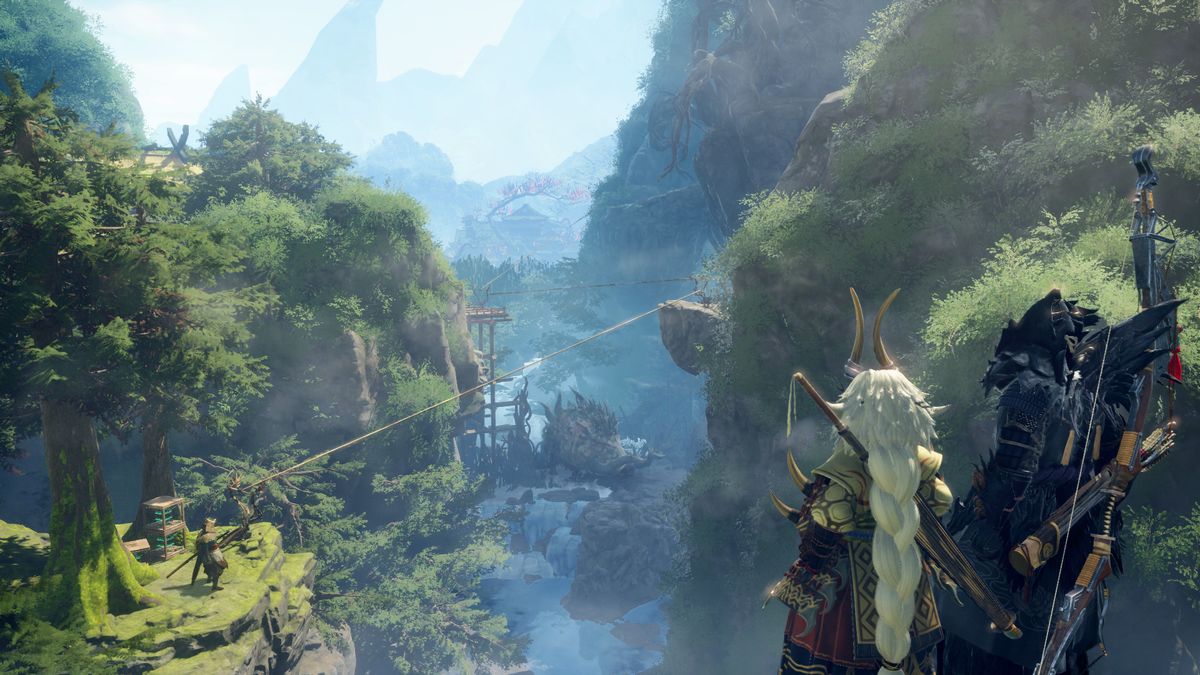
Just starting out in Wild Hearts (opens in new tab)? Koei Tecmo’s Monster Hunter-inspired action RPG can be a little forbidding at first, but there are key things every hunter should know before rushing into battle against the kemono. These basic tips will help you understand how combat in the game works, how best to use the game’s gadgets when navigating, and most importantly how to avoid dying too many times.
There are also Wild Hearts weapon tips if you haven’t settled on your main yet, as well as how to unlock new weapons.
Map your surroundings
The map in Wild Hearts is incredibly useful for strategising your hunts, and the way you can explore it in free roam means you can start building something of a resource and travel network almost immediately. The most important thing to do as a starter is unblock Dragon Pits, which are scattered across the map but also marked on it, and these pits will give you more energy to conjure karakuri such as the flying vines that let you whiz around the map, or the hunter’s towers that track kemono in the area. It’ll also let you create more bases and summon gadgets for forging and food production, like the drying rack and pickling jar.
Each pit provides a different amount of energy, and you need crystals to unblock and upgrade them. Crystals can be found out and about in the world, but keep a particular eye out for skeletons that have little butterflies scattering from them: These are the crystal motherlodes. One final tip: Once you’ve unblocked a Dragon Pit, you can upgrade it from the detailed map without having to go there.
Look for bargain tents
Each region in Wild Hearts will have one hidden area where building Dragon Karakuri is hugely reduced in price (you’ll be able to build a hunter’s tent for five earth energy rather than 50). The game is basically telling you to set up a camp at these spots. In Harugasumi Way, the second camp can be found in the far north of the map by the mountain shrine.
More generally, the reason you want as many hunter’s tents as you can get is that these are how to fast travel in Wild Hearts. Generally you’ll only be able to afford a couple of full price ones though, which is why the discount spots are so important to find. And if you’re running out of energy and can’t build the Dragon Karakuri you want, you can break down older ones from the map.
Hunting towers sync
A small tip but essential to know. The game introduces you early on to the hunting tower karakuri, which will help you find where large kemono are hanging out. These have a limited range but, crucially, activating one will activate all of them in a region. So when you’re up against an especially slippery kemono, having a network of 2-3 of these scattered around means you’re able to quickly find them every time they flee.
Enhance your tsukomo
While no Palico or Palamute, your little robot pal in Wild Hearts is still a valuable companion. Tsukomo can distract monsters, put down healing mist if you’re in trouble, and provide a variety of other support functions. If you build a campfire, you can enhance your tsukomo using old cogs and specialise them towards a specific role, such as attack, defense, assist, or threader (but you’ll end up wanting to upgrade all of these stats over time). You can collect wild tsukumo around each map, which provide those old cogs you need for upgrades.
Unlocking new karakuri: Watch for the LB / L1 prompts
Wild Hearts has a system called ‘flash of inspiration’ that happens during fights, when basically a kemono will wind-up an attack and the game goes into slow-motion and prompts you to press the build button (LB / L1 if you’re on pad). Seize these opportunities and you’ll have a short QTE-like sequence where your hunter builds a new type of karakuri, which is then unlocked. Note that the flash of inspiration sometimes just doesn’t happen, but if you fight those monsters again it’ll usually work.
Other karakuri are unlocked by defeating kemono in the main questline, but flashes of inspiration also happen in optional sidequests. One important point is to check the karakuri tree after unlocking new ones, as these often allow you to use kemono orbs to unlock other options. You can get kemono orbs by slaying them, or by breaking their parts.
Don’t neglect basic karakuri in fights
One of the very first karakuri you’ll unlock is the spring, which might seem basic but has an absolutely killer hidden feature. Whack a few down when fighting a giant kemono in order to help you dodge attacks, and you’ll soon discover that the springing animation grants your hunter some invincibility frames (much like Monster Hunter’s ‘superman’ dive). This is an absolute game-changer and I now use springs constantly during hunts.
Crates are another starter karakuri that offer a tonne of value during a hunt. If you build three crates on top of each other, then jump on them, you can perform unique plunging attacks that are some of the most powerful in the game. The karakuri katana’s unbound aerial twist drop deals a nasty amount of damage, as does the karakuri’s staff plunging juggernaut blade.
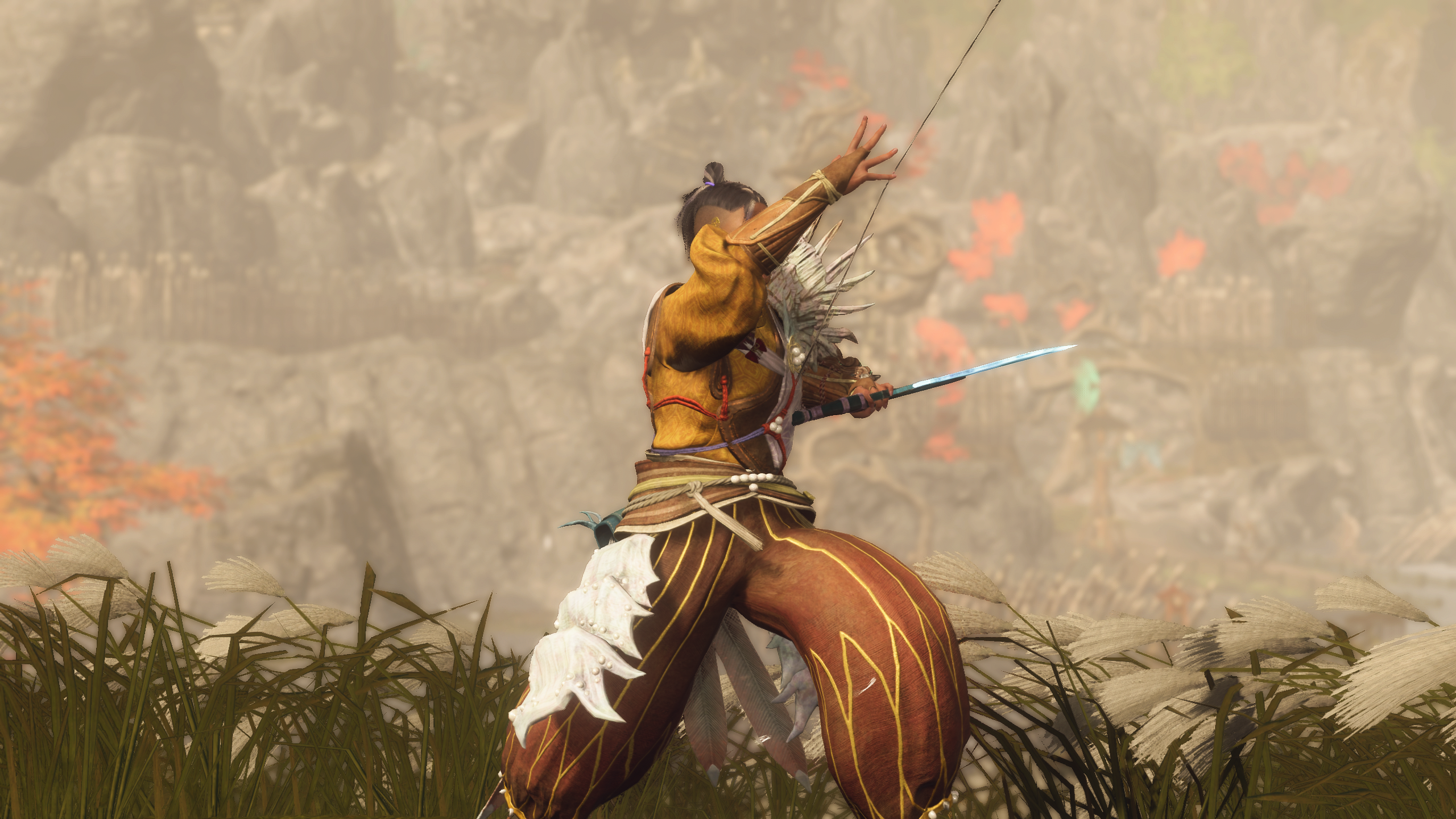
Don’t attack the glowing weak spots: Steal thread from them
As fights progress the kemono will acquire big glowing blue-green patches on their bodies. At first I assumed these were just weak spots, but in fact they’re resources and a way to stagger the beasts. The method will be different depending on the monster but you need to get some height, clamber on the thing’s body towards the weak spot, and use your interact button (Left trigger on controller by default) to activate your hunter’s arm. You’ll get a load of thread to build basic karakuri and the kemono don’t like it one bit—you have the potential to stagger them this way, too.
There are also a number of weapon skills that tie directly into hunter’s arm, giving you increased attack or defence for a short period after successfully extracting thread.
Eat before fighting
Fairly simple: One of Wild Hearts’ core systems is eating food to grant various buffs, but it won’t let you chow down mid-battle. So when you’ve tracked down a kemono and are ready to get into the action, have something to eat beforehand. You can make food with stronger buffs by placing it on the drying rack, and that can be boosted even further once you unlock the pickling jar.
One nice difference between Wild Hearts and Monster Hunter: here the buffs from eating stay applied until you win a hunt, so dying or failing won’t empty your stomach.
Dying monsters are the deadliest monsters
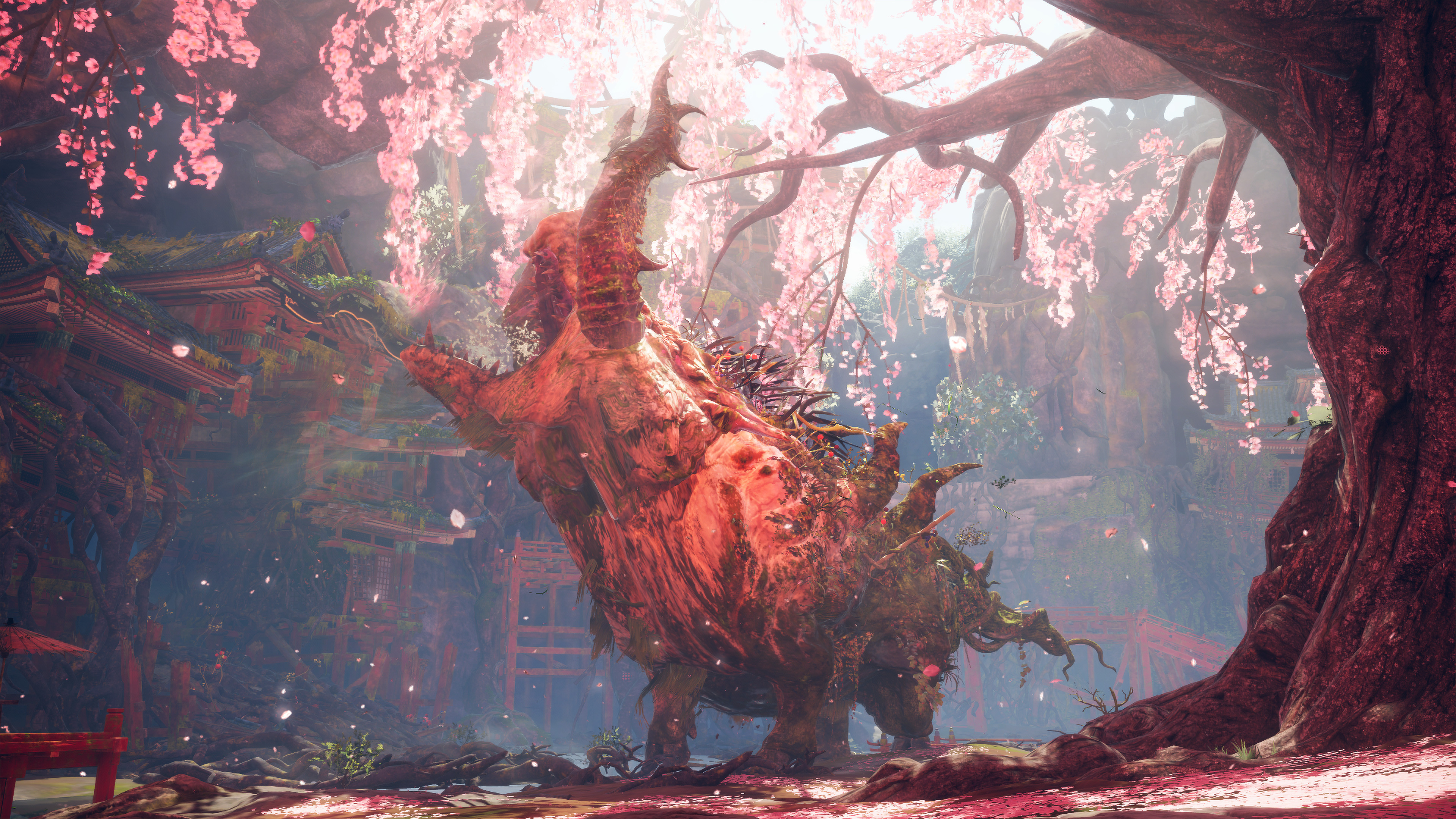
A lot of Monster Hunter tips can be applied to Wild Hearts and work equally well, but this one is the real doozy. When a monster is nearly dead, they’ll become enraged and attack more aggressively. Unlike Monster Hunter, however, in Wild Hearts the beasts seem to spend a lot longer in this state, and their damage output absolutely goes through the roof.
So the most dangerous time in any Wild Hearts hunt is the last five minutes and, especially in co-op, this can be one of the more frustrating elements of the game. It’s incredibly annoying to whittle down a giant monster to 5% health then see your entire team get more-or-less one shot and have to start again.
How to avoid it? The only real advice is situational, because every monster’s final phase has a different pace and different style of attack. One major commonality however is their increased use of AoE attacks, big sweeps and slams that can hit multiple players at once, and their reduced cooldown times on regular attacks. Also, don’t expect your karakuri to be as effective: monsters can become more resistant to the stunning effects of karakuri like fireworks when enraged.
The best thing to do is to keep on the fringes of their reach and work out where your windows are for getting a few hits in: Spend one minute doing this for each beast, and you’ll spend a lot less time angry that you died to some bullshit tail sweep and had to start over.
Don’t button mash
Wild Hearts is a game that punishes button mashers, and the wind-ups on some of the weapons are so ludicrous that if you just whack away you’re going to be badly beaten by something much bigger than you. If you’re a masher by nature, like me, maybe think about focusing on the default katana, which does have some lengthier combos but won’t leave you anywhere as exposed as something like the maul.
Hit the tail
Yes, you can damage areas of monsters’ bodies, and you should. The most typical target is a tail but the reasons for doing it are twofold: It’ll reduce the kemono’s attacking abilities, and it’ll improve the rewards you get at the end. As with Monster Hunter, you can sever tails, or smash parts off of kemono. This will drop kemono orbs, and bits of the monster that you can harvest. The best way to do this is usually with powerful attacks such as the maul’s finisher, the nodachi’s fully charged strike, or the karakuri staff’s juggernaut blade.
Go home occasionally
Minato, the game’s hub, is easy to forget about. Wild Hearts encourages you to go out into the wilds and just take on hunt after hunt, but there are a range of sidequests available here that regularly update and can unlock various goodies. In your first 5-10 hours especially, go back to Minato after every few hunts and, at the very least, do the Guild of Fishermen quests that you can get from Nobimitsu at the wharf, which will unlock some useful hunting gear.


